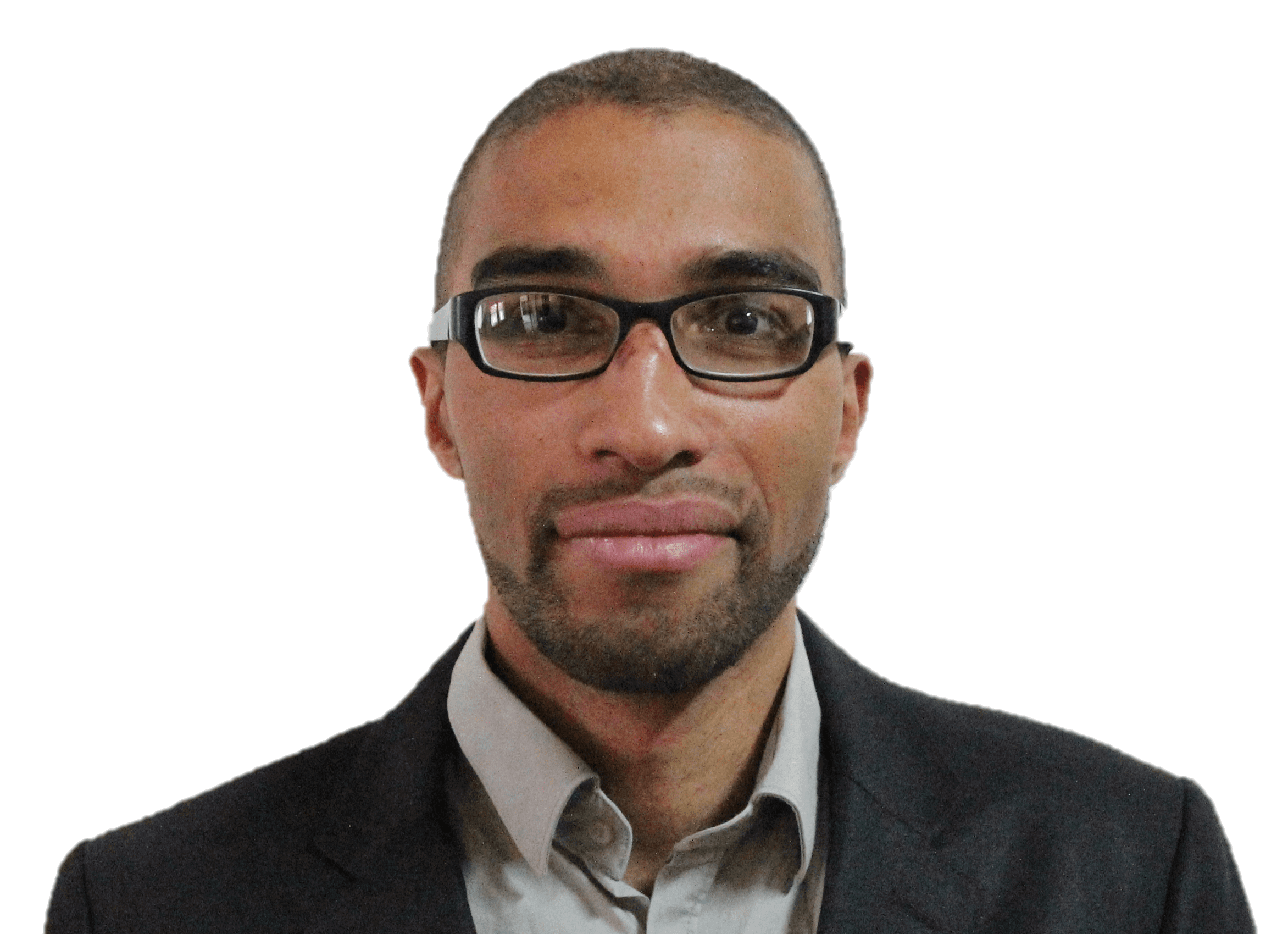33 - Speeding up mesoscale conduction-based simulations of additive manufacturing processes: focus on temporal discretization and spatial adaptivity.
Abstract
Additive Manufacturing (AM) faces challenges hindering its widespread adoption in the industry. Indeed, metallic parts produced with AM may exhibit numerous defects such as porosities, residual stresses or geometric distortions. Hence, a costly trial and error procedure is performed before finding the right set of manufacturing parameters (e.g., laser power, scanning strategy, laser speed or hatch distance). Numerical simulation of AM holds the potential to reduce the time needed to print the first part right. However, current simulations also face challenges: the high computational costs required to obtain accurate predictions. High-fidelity AM simulations, integrating thermal analysis, fluid and solid mechanics demand several hours/days of calculations to simulate deposition trajectories of just a few centimetres. Thus, the adoption of mesoscale conduction-based strategies seems mandatory to address part-scale problems accurately and in a timely manner. These models utilize realistic heat sources and scanning paths while excluding fluid dynamics to lower computational costs. Nevertheless, their high cost remains a barrier to assisting in the fine-tuning of machine parameters. For example, it took 50 hours of computation to simulate the distortion of a wall manufactured in 10 minutes using Directed Energy Deposition (DED) (doi: 10.1016/j.addma.2017.12.007) and a whole day was needed to compute thermal fields during a 2cm electron beam path that lasted 30 ms with Abaqus (doi: 10.1016/j.finel.2022.103825). We recently validated a strategy to speedup mesoscale AM thermal simulations: the adoption of an explicit time-discretization scheme in place of usual implicit ones. A speedup of 100 was achieved thanks to the aforesaid strategy (doi: 10.1016/j.finel.2022.103825). Highlighting the relevance of explicit finite element schemes in additive manufacturing opens up tremendous computational prospects. For instance, Meiers' group leveraged this innovative approach to accomplish the pioneering thermal simulation of an entire part, covering a substantial 5 km of laser beam path. while representing the melt pool in Laser Power Bed Fusion, in less than a day (doi: 10.48550/ARXIV.2302.05164). In this talk, I will introduce additional hypothesis-free ways of speeding up conduction-based AM simulations. Experimentally-validated simulations involving Laser Metal Deposition and Electron Beam Melting will be shown.
Speaker

Simon Essongue
Discover speaker profileUniversité de Bordeaux, Talence, France / Institut de mécanique et d'ingénierie - I2M, Talence, France
Conference
33 - Speeding up mesoscale conduction-based simulations of additive manufacturing processes: focus on temporal discretization and spatial adaptivity.
Date/Time
20/03/2024
12:15 pm -12:35 pm
Location
Room 8

